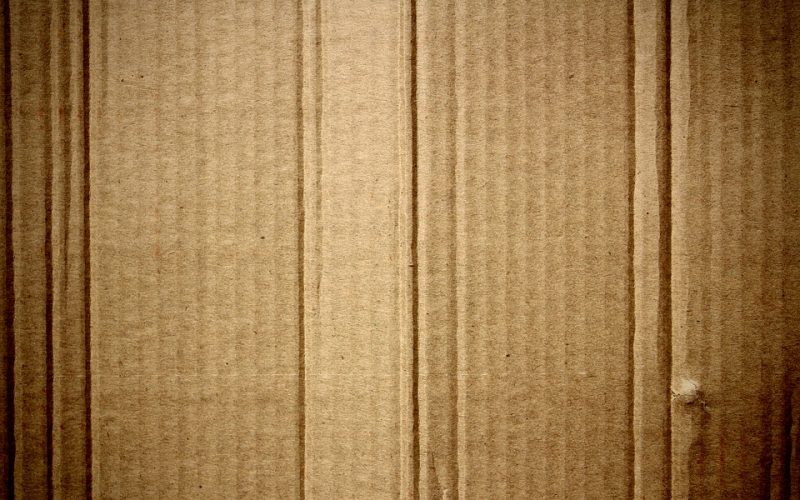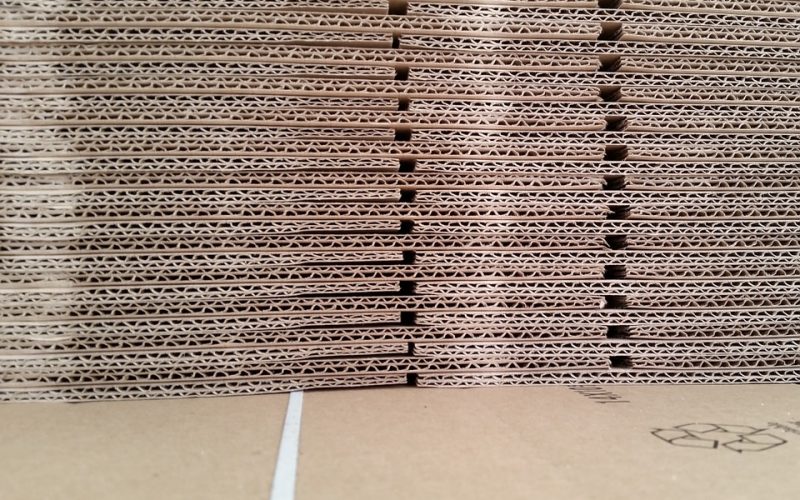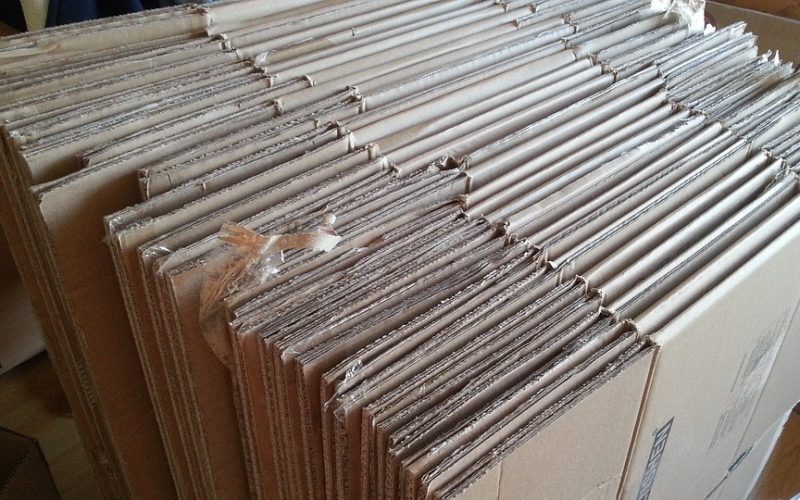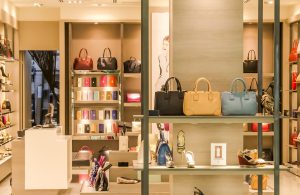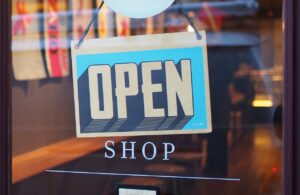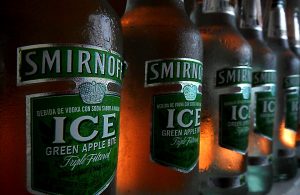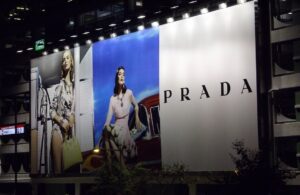Different Types of Cardboard Boxes
All shipping boxes are normally created from either corrugated fiberboard or paperboard. Both of these types of boxes waste material can be recycled into new cardboard boxes. Despite the differences in material, both of these boxes are extremely durable and easily recyclable. When purchasing either type there are two options to choose from; folding cartons or set-up boxes. The folding cartons are completely put together with the folding top and the set-up boxes are not assembled until the manufacturing process. The set-up boxes are usually higher in price than the folding cartons and are mainly used for high-priced items or gift boxes. In the industry world the folding cartons are more common due to there low price and no assembly policy.
Corrugated Fiberboard Boxes
Corrugated boxes were introduced to industries in the mid-19th century and used for packaging pottery and glass containers during the first few years. With the growing trend of business's becoming environmentally friendly, this type of cardboard box has become extremely popular. This particular type of cardboard box consists of 1-2 flat inner boards that encase a corrugated sheet. Every bit of material used to create these corrugated fiberboard boxes are 100% recycle and reliable with their durability.
Paperboard Boxes
Paperboard range from 0.01-0.02 inches thick and are created in single ply or multi-ply. Because of paperboard boxes strong material and low price, they are widely used throughout packaging facilities and local business's. The first paperboard box ever created was in 1817 in the country of England. By 1974 the boxes were created with folding tops and distributed across the world. Recycled paperboard boxes were created from all of the cardboard packaging waste thrown out by customers.
Below is video of the brief history of cardboard boxes and how they are made:
